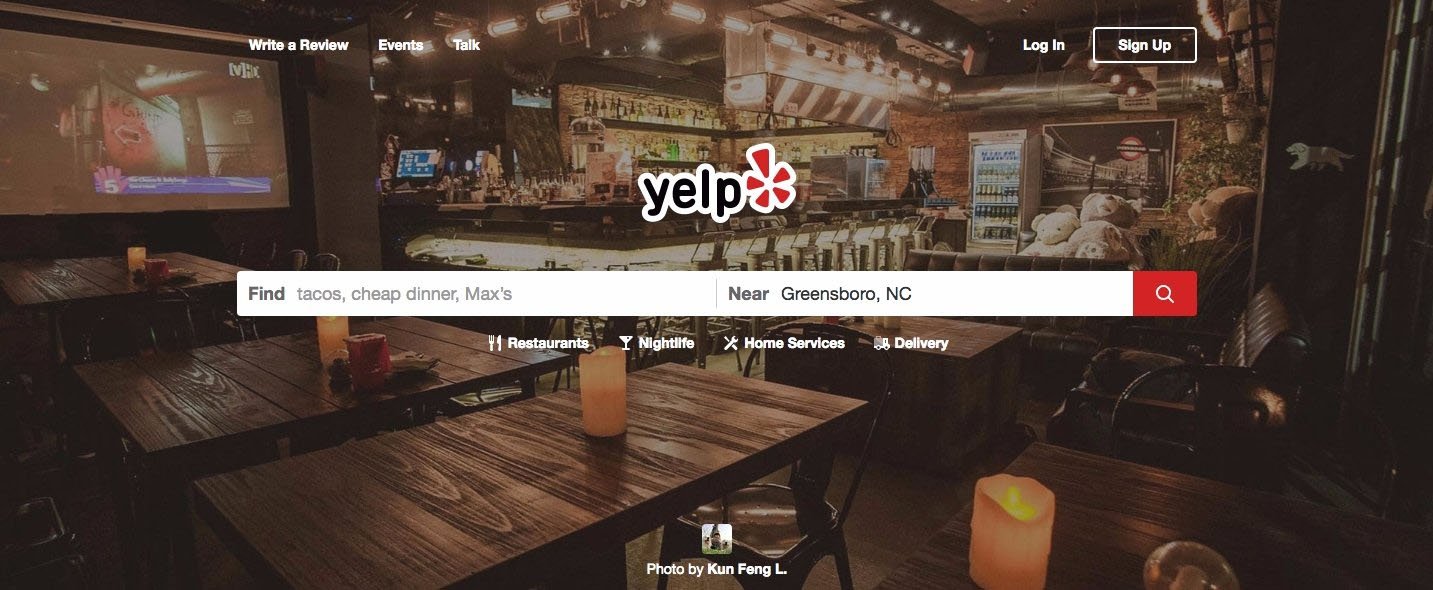Using font stylings and heading tags effectively is crucial for both user experience and SEO. These elements play a key role in creating a clear hierarchical structure within your content, making it easier for readers to navigate and for search engines to understand the importance of each section. This guide will walk you through the best practices to ensure your content is both engaging for readers and optimized for search visibility, while maintaining a well-organized structure.
Understanding the Types Of Heading Tags
Heading tags, ranging from H1 to H3, are essential elements in structuring your content. They define the hierarchy of your information and play a significant role in SEO by helping search engines understand the structure and relevance of your content. Here’s a breakdown of each heading tag and its purpose:
- H1 Tag: This is the main title of your page or post, typically used once per page. It represents the most important content and gives both readers and search engines a clear indication of the page's primary topic.
- H2 Tag: Used for major section titles within your content, H2 tags break down the main topics covered under the H1 tag. They help organize the content and make it easier to read and navigate.
- H3 Tag: These tags are typically used for sub-sections under H2 headings. They provide further detail on a specific aspect of the H2 topic, adding more layers to the content structure.
- Paragraph Text: The paragraph tag is used for general text within your content. While it doesn’t hold the same hierarchical significance as heading tags, it’s essential for structuring the body of your content. Paragraph text is ideal for fleshing out the ideas introduced in your headings, ensuring your content is comprehensive and easy to follow.
Understanding and using heading tags, along with proper paragraph text, ensures your content is both well-organized and optimized for search engines, improving both readability and SEO performance.
Understanding Font Stylings
Font stylings like bold, italics, and underlining are powerful tools for emphasizing key points and improving readability. However, overusing them can lead to cluttered content that’s difficult to read. Here’s how to use these styles effectively:
- Bold Text: Use bold sparingly to highlight critical information, such as key terms, important dates, or essential points. Overuse can make the content feel heavy and reduce the impact of the highlighted text.
- Italics: Italics are great for emphasizing certain words or phrases without being as intrusive as bold text. They are also commonly used for titles of works (like books or films) or for foreign words. Italics help draw attention to specific elements without overwhelming the reader.
- Underline: Underlining is less commonly used in modern web design because it can be confused with hyperlinks. However, when used, it should be reserved for specific emphasis where neither bold nor italics fit, such as headings in printed materials or legal documents.
Using font stylings appropriately enhances the readability of your content while maintaining a clean and professional appearance. It ensures that the reader’s attention is drawn to the most important information without overwhelming them with excessive emphasis.
Best Practices for Heading Tags & Font Stylings
Combining effective font stylings with proper heading tags not only enhances readability but also boosts your content's SEO performance. Here’s how to integrate these elements strategically:
- Consistency in Headings: Ensure your heading tags follow a consistent hierarchy throughout your content. Start with an H1 for the main title, followed by H2 for major sections, and H3 for sub-sections. This consistency helps search engines understand the structure of your content, improving your chances of ranking higher in search results.
- Keyword Optimization: Incorporate relevant keywords into your heading tags and bolded text. Search engines prioritize headings and bold text when indexing content, so placing keywords strategically in these areas can improve your content’s visibility.
- Readable Paragraphs: Use paragraph text to break up sections of content between headings. Keep paragraphs concise and focused, with each paragraph expanding on the ideas introduced in the heading. This practice not only improves readability but also aligns with SEO best practices by keeping content well-organized.
- Avoid Overloading Stylings: While it’s important to emphasize key points, avoid overloading your content with bold, italics, or underlined text. Too much emphasis can dilute the effectiveness of these stylings and make your content harder to read. Instead, use these tools sparingly and strategically.
By integrating font stylings and heading tags effectively, you create content that is both reader-friendly and optimized for search engines. This balanced approach ensures that your content stands out in search results while providing a seamless reading experience.
Heading Tag Character Limits
Understanding and adhering to character limits for heading tags is essential for both SEO and user experience. Each heading tag should be concise yet informative, allowing search engines to easily interpret the content while ensuring readability for users. Here’s a breakdown of recommended character limits for each heading tag:
H1 Tag:
- Recommended Limit: 50-70 characters.
- Purpose: As the primary title of the page, the H1 tag should be clear and to the point. It should encapsulate the main topic without being overly lengthy. Staying within this limit ensures that your title appears fully in search engine results and is easy to read on all devices.
H2 Tag:
- Recommended Limit: 50-60 characters.
- Purpose: H2 tags serve as major section headings and should clearly indicate the content that follows. Keeping these headings concise helps maintain the content’s structure while making it easy for readers to scan through sections.
H3 Tag:
- Recommended Limit: 50-60 characters.
- Purpose: H3 tags are used for sub-sections under H2 headings. They should be specific enough to give readers a clear idea of what the sub-section covers, yet short enough to maintain readability.
Paragraph Text:
- No Character Limit: While there is no strict character limit for paragraph text, it’s essential to keep paragraphs concise and focused on expanding the ideas introduced in the headings. This practice aids in maintaining a clean, organized structure, which is beneficial for both SEO and user engagement.
By adhering to these character limits, you can create headings that are both informative and optimized for search engines. This approach ensures that your content is easily navigable and accessible to readers, while also being properly indexed by search engines.
Effectively using font stylings and heading tags is a critical part of creating well-structured, SEO-friendly content. By understanding the purpose of each heading tag, adhering to character limits, and strategically applying font stylings, you can enhance both the readability and search visibility of your content. Remember, a well-organized structure not only helps search engines index your content more effectively but also provides a better experience for your readers, guiding them smoothly through your material.
PRO TIP!
Unlock the full potential of your website with our SEO GO SERVICE! Our SEO experts are here to ensure your site's content remains optimized, with a clear hierarchical structure and effective use of font stylings. Enjoy a hassle-free, expert-driven approach to maintaining and enhancing your search rankings, boosting your online visibility, and ensuring your content resonates with your target audience. Stay ahead of the curve and effectively reach your audience with our comprehensive content optimization services.






Leave a comment
0 Comments